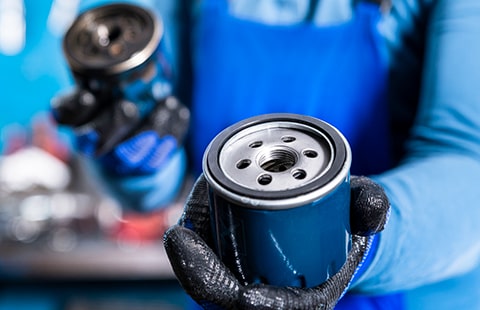Get unique, complex parts easily. No matter your requirements, Chaoyi Spring creates hard-to-produce coil springs and wire forms.
Let us help you create the custom wire form you need, from S-hooks and J-hooks to utility hooks and more.
We work closely with customers across a wide range of industries, helping them design and manufacture made-to-order parts.
Why choose Chaoyi Spring? We prioritize customer-focused collaboration, modern equipment and the latest technology to make your parts per print.
Find the information and guidance you need, from measuring a spring to learning about materials, placing an order and much more.
Tension springs, those often overlooked but essential components, play a crucial role in countless everyday items. From the simple act of opening a door to the intricate workings of a


Tension springs, those often overlooked but essential components, play a crucial role in countless everyday items. From the simple act of opening a door to the intricate workings of a car engine, tension springs provide the force needed for smooth operation and reliable function. These unassuming devices are marvels of engineering, offering incredible strength and flexibility, all packed into a compact and often inconspicuous design.

Tension springs, also known as extension springs, are a type of spring designed to stretch or elongate under load. Unlike their compression spring counterparts, which get shorter when force is applied, tension springs work by extending their length. This extension is achieved by applying a force that pulls on the ends of the spring, causing it to unwind and lengthen. The spring then exerts a force in the opposite direction, attempting to return to its original state. This inherent resistance to stretching is what makes tension springs so useful in various applications.
The core principle behind tension spring operation is simple yet effective. They consist of a coiled wire, often made of high-quality spring steel. This wire is wound around a central axis to create a helical shape. The coil is then carefully designed and manufactured to have specific properties based on the intended use. The ends of the spring are typically fitted with hooks, eyes, or other attachment points to facilitate connection to the system they will be used in.
When a tensile force is applied to the spring, the coils begin to unwind, stretching the spring's length. This unwinding action stores energy within the spring, much like a stretched rubber band. The stored energy is proportional to the amount of force applied and the distance the spring is stretched. When the force is released, the spring uses this stored energy to try and return to its original coiled state, effectively pulling back on whatever was attached to its ends.
Tension springs come in a variety of shapes and sizes, each suited for a specific application. Some common types include:
Tension springs are found in countless applications, both in everyday life and in industrial settings. Here are some common examples:
Tension springs offer numerous advantages, contributing to their widespread use in various fields.
Selecting the right tension spring for a specific application involves considering several factors, including:
It is crucial to choose the right tension spring for the job. If the spring is too weak, it won't provide enough force. Conversely, if it is too strong, it could damage other components or make the system difficult to operate. Consulting with a spring specialist or engineer is always a good idea for complex applications.
When it comes to tension springs, quality is paramount. A low-quality spring can quickly become damaged, leading to unreliable performance, unexpected failure, and potential safety hazards. Choosing springs from reputable manufacturers using high-quality materials and rigorous manufacturing processes is essential. This ensures that the springs will meet the desired specifications, deliver consistent performance, and provide a long service life.
Tension springs, though often unseen and unnoticed, are integral components in many systems we rely on every day. They provide a simple yet powerful way to generate force, control movement, and ensure reliable operation. By understanding the principles behind their operation, the types available, and the factors to consider when choosing the right tension spring, we can appreciate their importance and the crucial role they play in making our world function smoothly.
Browse some of the custom wire forms and springs that we manufacture. Don’t see what you need? We specialize in made-to-order products that meet your application requirements.
Visit Our GalleryNeed a custom wire form or coil spring? We make it work. Fill out the contact form and a representative will respond within 1 business day. If you have a PDF or CAD file, you can submit to request a quote.